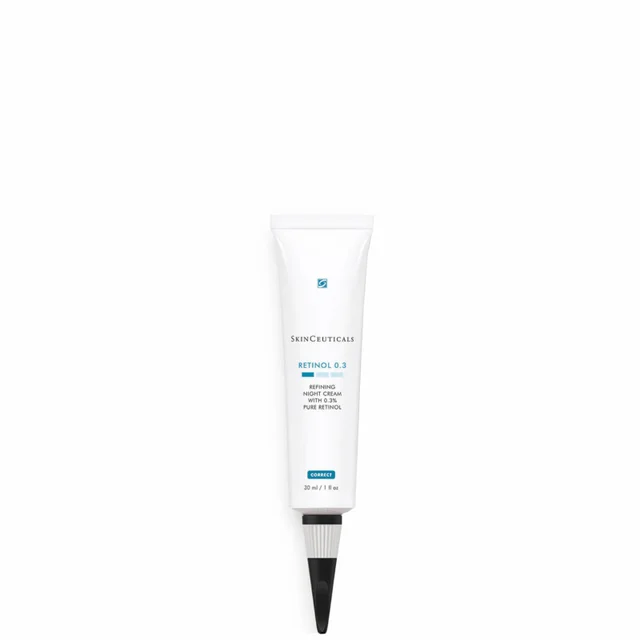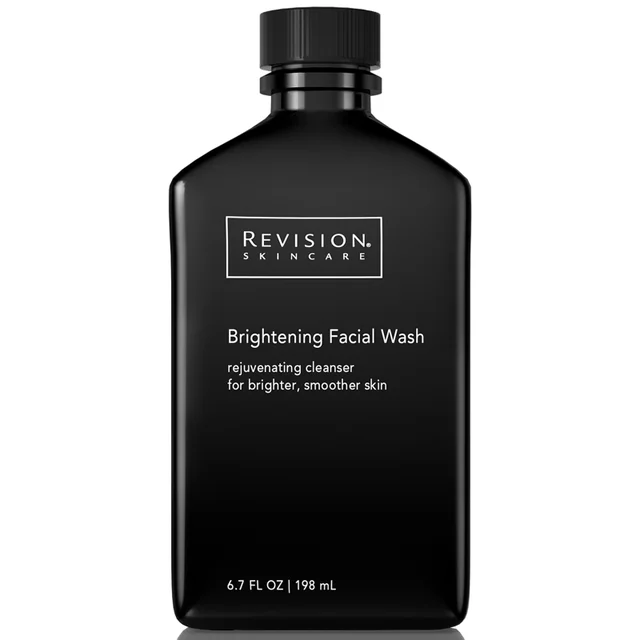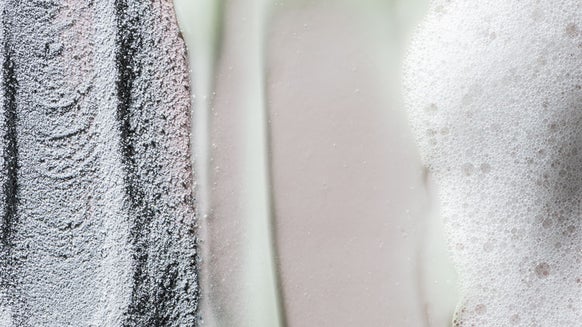How to Get Rid of Acne Scars: Dermatologist Tips, Plus What Worked for Me
I didn’t always have acne scars. Though I nursed the occasional pimple as a teenager, my skin was smooth and relatively blemish-free. But once I left my hometown of Bayamon, Puerto Rico to study in Ames, Iowa in 2010, my relationship with my skin changed dramatically. By the end of that first semester, I had a blotchy, cystic acne-covered complexion that at any one time, could have five or seven active nodules or pustules on my cheeks and forehead.
To this day, I don’t know what caused the breakouts. Maybe it was related to hormones, the drastic change in my eating habits or the stress that comes with moving far away for college. By the end of the school year, I’d found relief thanks to topical acne treatments and finally adjusting to college life. But while before my skin had been smooth, now I bore pits and dips in my skin’s surface. Right below my favorite birthmark underneath my eye was a sizable boxcar scar, and my cheeks were laced with bigger pores and more atrophic scars.
Over the last 10 years, these marks have naturally faded, but I did take some steps to help get rid of my acne scars, like microneedling treatments and Clear + Brilliant laser. Now, though I still nurse the occasional breakout, my texture has dramatically improved. Keep reading to learn more about acne scars and what beauty treatments can help.
What Are the Different Types of Acne Scarring?
When I say acne scars, I’m not talking about hyperpigmentation (those post-breakout dark spots that fade away over time). I’m talking about real changes to the texture of your skin that occur as a result of injury. “In the case of acne, the injury is related to excess oil production, inflammation and bacteria that cause a break in the follicle wall,” says Dr. Marisa Garshick, a board-certified dermatologist at Medical Dermatology & Cosmetic Surgery in New York. The skin tries to repair the lesion by forming new collagen, but usually this collagen isn’t enough, or as smooth as we’d like. There are two main types of acne scars:
Hypertrophic Scarring: These are scars caused when the body produces too much collagen to heal an acne wound, leading to a mass of raised tissue on the skin’s surface, like a keloid.
Atrophic Scarring: These types of scars, on the other hand, are caused when the body doesn’t produce enough collagen to heal the acne wound, which leads to loss of tissue. The most common types of atrophic scars are “boxcar” scars, which look like depressed areas that are usually round or oval in shape with sharp edges; “ice pick” scars, which are deep, yet small and narrow scars that look like as if a sharp objects had punctured a hole in the skin (these are more common in severe acne outbreaks); and rolling scars, which vary in depth, with sloping edges that make a bigger area of skin appear wavy or uneven.
The Treatments That Helped Fade My Acne Scars
Microneedling: “Microneedling, the popular procedure that uses tiny needles to create micro injuries in the surface of the skin, is a great option to treat mild, textural acne scars,” says Dr. Heather Woolery-Lloyd, M.D., board-certified dermatologist in Miami, Florida. Ultimately, the goal of microneedling is to help stimulate collagen production, which helps to improve the appearance of scars. I purchased a pack of three sessions for PRP (platelet-rich plasma) microneedling, which involves applying platelets extracted from your own blood—you might know it as “the vampire facial.” The procedure isn’t as painful as it sounds; in my experience it felt as though someone was lightly scratching at my face (partly thanks to the numbing cream applied at the beginning of my appointment). However, the healing process took longer than a week, during which my whole face became severely scaly and peeled. The real bummer was having to be more diligent about staying indoors and away from the sun, but in about two weeks, my skin felt smooth and glowy. I didn’t see dramatic improvement after one session alone, but after the third, I saw smoother edges around my scars. “Although it’s possible to see some improvements after one session, it generally takes three to six sessions, spaced four to six weeks apart to see a major difference,” says Dr. Garshick.
Laser Resurfacing: “Lasers can improve all types of acne scars; however, ice pick and boxcar scars are most challenging,” says Dr. Woolery-Lloyd. For lighter skin tones, she recommends non-ablative laser resurfacing, which stimulates collagen production, with a laser like
What Other Treatments Can Help Acne Scars?
While microneedling and laser helped with my scars, there are other options you can try, depending on the severity of your scarring and your personal skin goals.
Chemical Peels: “Chemical peels help to get rid of dead skin cells, and brighten and even skin tone and texture, but also stimulate collagen production, so are a great option for all types of acne scars,” says Dr. Garshick. However, there is a special type of peel technique that can be used for ice pick scarring (which tends to be the most resistant to treatment) known as a TCA CROSS, which can be performed by a board-certified dermatologist. TCA Cross uses trichloroacetic acid (TCA) to chemically reconstruct scars.
Fillers and Injections: For hypertrophic scars, cortisone injections can help soften and flatten the scars. For atrophic scars, filler injections can be an option. Bellafill has been FDA-approved for the treatment of acne scars.
It’s worth mentioning that many treatments for acne scarring that are designed to promote collagen production can take six months to show full results, so it is important with all these procedures to be patient.
What About Topical Products?
If a procedure isn’t in your budget, or you prefer a non-invasive treatment, retinoids are a great option. “Not only are they helpful to treat acne, they can also help regulate skin cell turnover, which improves skin tone and promotes collagen production,” says Dr. Garshick. In one split-face
No matter which treatment you choose, treating scarring takes time and patience, but with a little dedication, you can make a significant difference in the texture of your skin.

From the latest hair and makeup trends to the best solutions for your skin issues, we've got all your beauty concerns covered!











